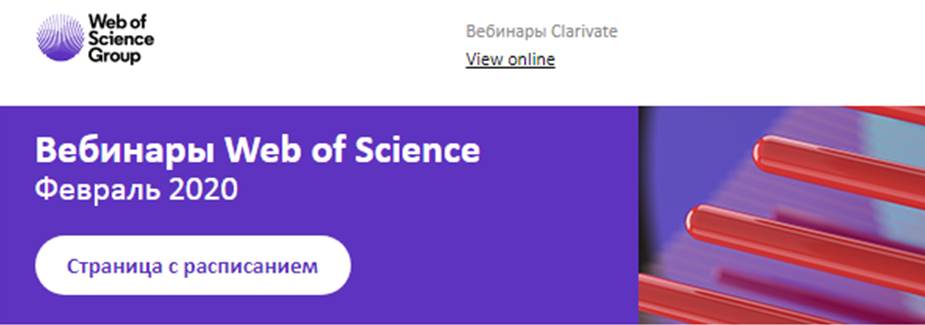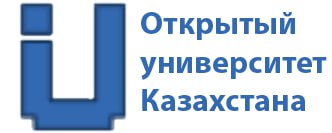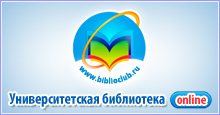
Schedule, February 2020
Series 1. Web of Science: a navigation system in the world of scientific publications
Information platform Web of Science: content, opportunities, application
Key features of the Web of Science information platform and the central Web of Science Core Collection database. Create a personal user profile. Search for scientific publications on a given topic. Analysis of the information received. Saving the necessary data. Access to full texts of scientific publications. Optimization of work: saving search histories, creating automatic alerts for new publications and citation.
- February 17, Monday 10:00 (Moscow time) – conducted by Valery Kurmakaev
>> registration
- February 25, Tuesday 14:00 (Moscow time) – conducted by Varvara Sosedova
>> registration
Journal Citation Reports and impact factor: how to compare and select international scientific journals
Formats and business models of magazines. Characteristics of a quality scientific publication. Scientific journal citation indicators, impact factor and quartiles. Creating a list of thematic publications for publication using Web of Science, EndNote (Match) and Journal Citation Reports. Opportunities of the analytical tool Journal Citation Reports (JCR) for evaluating and selecting the journal according to the required parameters. New in the JCR 2019 edition.
- February 18, Tuesday 16:00 (Moscow time) – conducted by Valery Kurmakaev
>> registration
- February 26, Wednesday 09:00 (Moscow time) – conducted by Varvara Sosedova
>> registration
Publons and ResearcherID: Search for publications, author profile, and publication activity metrics
Possible difficulties of searching by author and ways to solve them. Analysis of the publication activities of a scientist and a group of scientists, creation and interpretation of citation reports (citations, Hirsch index, etc.). Creation, adjustment and features of the author’s profile in the Web of Science Researcher ID / Publons system: publications, metrics, reviewing.
- February 19, Wednesday 10:00 (Moscow time) – conducted by Valery Kurmakaev
>> registration
- February 28, Friday 14:00 (Moscow time) – conducted by Varvara Sosedova
>> registration
Series 2. Clarivate Analytics Assessment of Scientific Performance
Specialized search techniques in Web of Science
Advanced search features in the Web of Science Core Collection. Making search queries using search fields and logical operators. Search in bibliography. Analysis of information in specialized databases and regional scientific citation indices on the Web of Science platform.
- February 25, Tuesday 9:00 (Moscow time) – conducted by Varvara Sosedova
>> registration
- February 26, Wednesday 14:00 (Moscow time) – conducted by Varvara Sosedova
>> registration
Evaluation of the organization’s activities in Web of Science: from creating a profile to creating a citation report
Difficulties finding organizations publications. Using the Address search field and the SAME search operator in the Web of Science Core Collection database. Advanced search features to identify and analyze organization publications. The algorithm for creating / adjusting the combined profile of the organization Organization Enhanced. Creating a citation report.
- February 26, Wednesday 12:00 (Moscow time) – conducted by Varvara Sosedova
>> registration
- February 28, Friday 9:00 (Moscow time) – conducted by Varvara Sosedova
>> registration
The use of modern bibliometric indicators in conducting research and evaluating their effectiveness
Russian scientists, as a rule, come across the term “bibliometry” when they need to fill out scientific reporting forms and behind-the-scenes discussions of the Hirsch index. At the same time, in developed countries bibliometry today is used with less bureaucracy and with more active involvement of experts: to understand the strengths and weaknesses in research, to determine the circle of leading scientists and their teams, as well as to select journals for publishing scientific results.
Modern bibliometric indicators allow you to answer more complex and important questions than the usual indicators of total citation of works or the Hirsch index, and also lack many methodological restrictions on use.
The webinar talks about both familiar bibliometric indicators and modern ones, discusses the main ways of their application and interpretation, and analyzes the main mistakes made by scientific administrators, managers and government officials in their application.
- February 27, Thursday 10:00 (Moscow time) – conducted by Pavel Kasyanov
>> registration
- February 27, Thursday 14:00 (Moscow time) – conducted by Pavel Kasyanov
>> registration
Series 3: Practical Guidelines for Publishing in International Journals
How to learn to understand international magazines
Expectations of the editor. The main reasons for refusals in the publication. Work with revisions of reviewers. The structure of the scientific article. Practical tips for writing the main sections. Distinctive features of academic English. Drawing up annotations. Writing headlines. The choice of keywords.
- February 17, Monday 14:00 (Moscow time) – conducted by Valery Kurmakaev
>> registration
- February 18, Tuesday 09:00 (Moscow time) – conducted by Valery Kurmakaev
>> registration
EndNote Bibliography Features
The process of preparing an article for submission to an international journal. Magazine requirements for publication. Create your own bibliographic database using EndNote Online. Sorting records, creating groups and controlling access to them. Using bibliography design templates. Using the Cite-While-You-Write module for Microsoft Word and creating a list of references directly when writing text.
- February 19, Wednesday 14:00 (Moscow time) – conducted by Valery Kurmakaev
>> registration
- February 20, Thursday 10:00 (Moscow time) – conducted by Valery Kurmakaev
>> registration
How to prepare a publication for an international magazine
Indicators of a quality scientific publication. Impact factor and quartiles. Creating a list of thematic publications for publication using Web of Science, EndNote (Match) and Journal Citation Reports. The concept of a predatory (garbage, unscrupulous) journal and its main features. Examples of predatory newsletters: how to check where you were asked to send an article.
- February 20, Thursday 14:00 (Moscow time) – conducted by Valery Kurmakaev
>> registration
- February 21, Friday 10:00 (Moscow time) – conducted by Valery Kurmakaev
>> registration






















